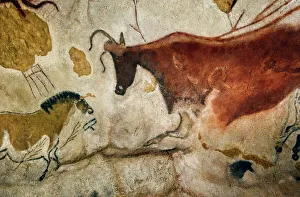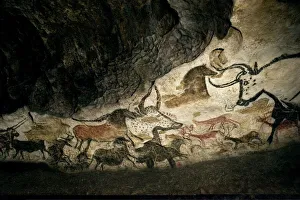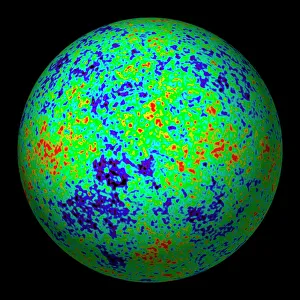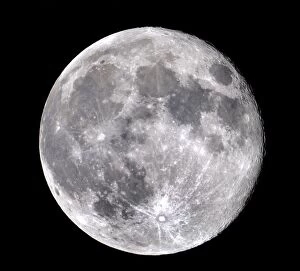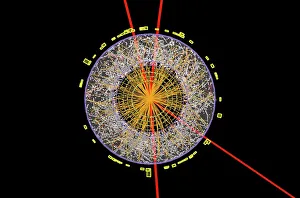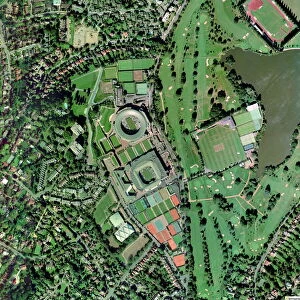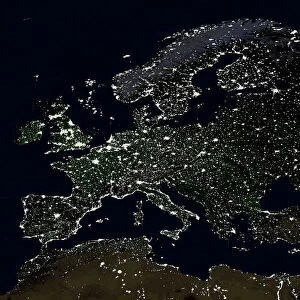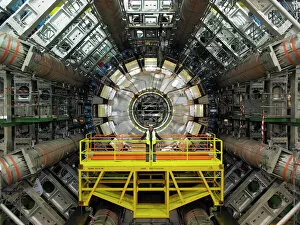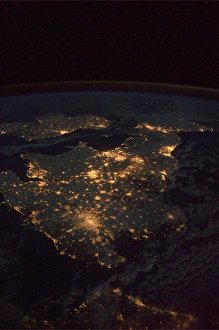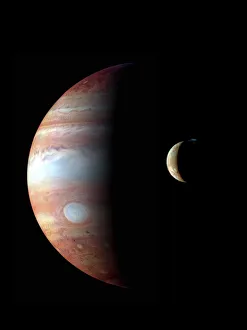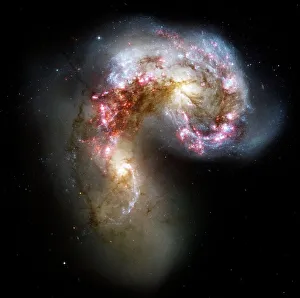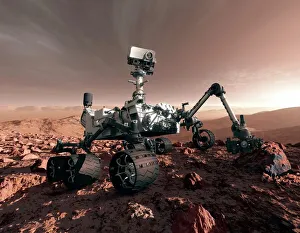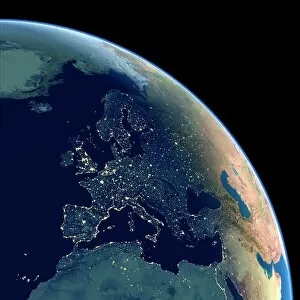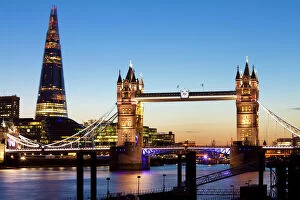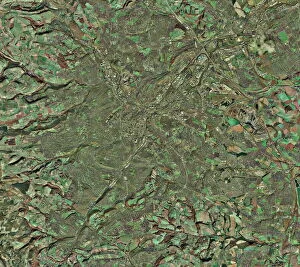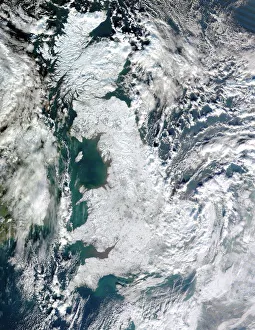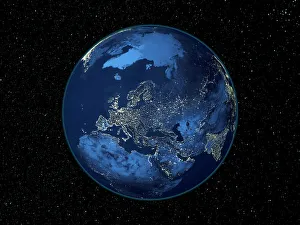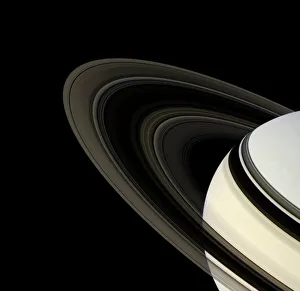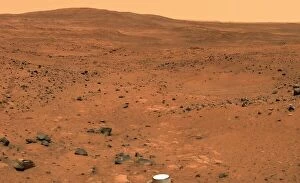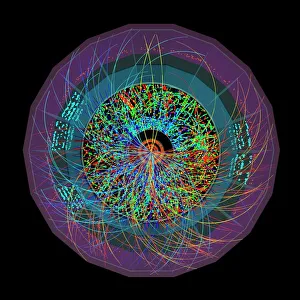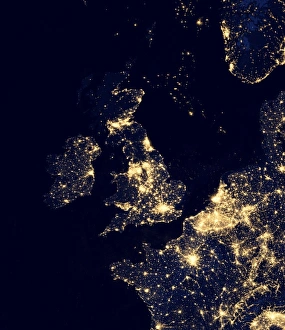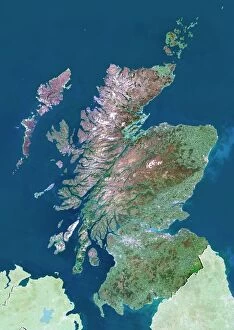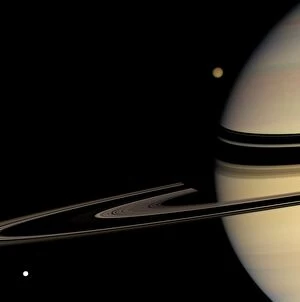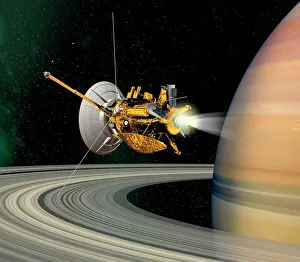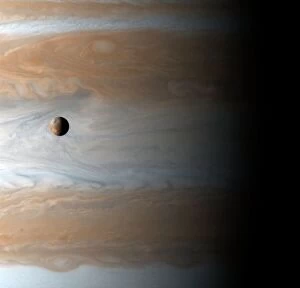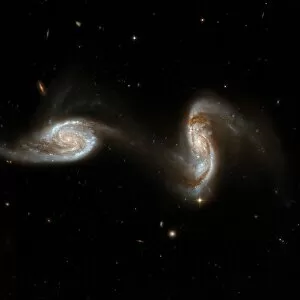21st Century Collection
"Embracing the Marvels of the 21st Century: A Journey through Time and Innovation" Step into a world where ancient art meets modern technology
All Professionally Made to Order for Quick Shipping
"Embracing the Marvels of the 21st Century: A Journey through Time and Innovation" Step into a world where ancient art meets modern technology, as we explore the wonders of the 21st century. From the mesmerizing Lascaux II cave painting replica to the sleek Pendolino tilting train, this era is defined by its ability to bridge past and present. In music, Pat Martino's soulful melodies transport us to new dimensions, showcasing how creativity continues to thrive in our ever-evolving society. Meanwhile, scientific breakthroughs like the Higgs boson event captured by ATLAS detector remind us of humanity's insatiable curiosity and quest for knowledge. Gazing at the cosmic microwave background reminds us that even in this fast-paced era, there are still mysteries waiting to be unraveled beyond our planet. And what better way to celebrate human achievement than witnessing epic battles on Wimbledon's iconic tennis courts? As night falls, lights illuminate cities across Europe and showcase their vibrant energy from space. The Tinsley cooling towers stand tall amidst Sheffield's urban landscape—a testament to both progress and preservation. But it's not just Earth that captivates our attention; Jupiter and Io enchant us with their celestial dance in an image captured by New Horizons. And as dawn breaks over Glasgow's Clyde Arc (Squinty Bridge), we witness a breathtaking sunrise that symbolizes hope for a brighter future. The 21st century has brought forth countless marvels—both big and small—that shape our lives today, and is an era where tradition intertwines with innovation, reminding us that while time moves forward relentlessly, we can always find inspiration in our shared history as we forge ahead towards tomorrow.

